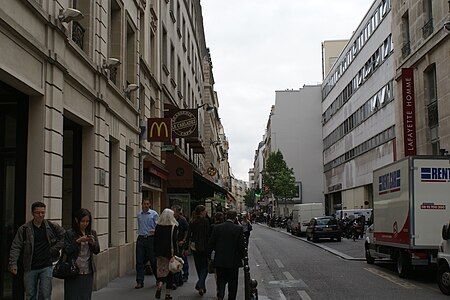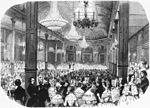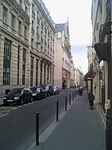Rue de Provence

The rue de Provence is a street located in the 8th and 9th Arrondissements of Paris. It begins at the rue du Faubourg Montmartre and ends at the rue de Rome . Only the short part of the street between rue du Havre and rue de Rome is in the 8th arrondissement. Where the road is now, there used to be a little river called "ruisseau de Menilmontant" (Menilmontant brook). With the Parisian population increasing, this little river became the two-metre wide Grand Egout (great sewer) in the 17th century. Letters patent on December 15 1770 allowed the banker Jean-Joseph de Laborde to create the Rue de Provence; which would cover the "Grand Egout". The width of the road was set at 30 feet, confirmed by two ministry decisions on March 20 1813 and May 21 1823. While "Provence" is the name of a region in the south-east of France, the street is actually named in honor of Louis-Stanislas-Xavier, comte de Provence, king of France from 1814 to 1824 under the name of Louis XVIII. In 1884, the rue de Provence absorbed the rue Saint-Nicolas-d'Antin, which extended it further west.
Excerpt from the Wikipedia article Rue de Provence (License: CC BY-SA 3.0, Authors, Images).Rue de Provence
Rue de Provence, Paris 9th Arrondissement (Paris)
Geographical coordinates (GPS) Address Nearby Places Show on map
Geographical coordinates (GPS)
| Latitude | Longitude |
|---|---|
| N 48.874172222222 ° | E 2.3362694444444 ° |
Address
Booster
Rue de Provence
75009 Paris, 9th Arrondissement (Paris)
Ile-de-France, France
Open on Google Maps










